
Spark your math thinking!
1. Set up your math mini spark recording page: #8: Zombie Math
2. You need to get away from these mutant zombies-FAST! Can you solve the bridge riddle? Watch the riddle. IMPORTANT! Pause the video to record your possible solutions on your recording sheet. After you have written down your solution, you can watch the rest of the video. Record the solution from the video on your recording video and if you found the solution write “I SOLVED THE BRIDGE RIDDLE!!”.
2. Can you escape the web of zombies in 13 steps and exit safely? Challenge yourself with a web made up of algebraic expressions that include exponents and square roots, all tangled up with angles, area, and other ghostly geometry concepts. Print the Zombie Web page. Reminder for your teacher-the answer key is in the math mini spark folder.
3. Practice using the exponential growth formula-with Zombies! Take notes on your recording sheet showing the math from the video.
4. **Advanced Option: The Mathematics of Escaping Zombies. Check out this video from Numberphile. Watch this and take record some important details on your recording sheet showing the math you learned.
5. Share your math mini spark recording page and zombie web with your teacher/EY coordinator.

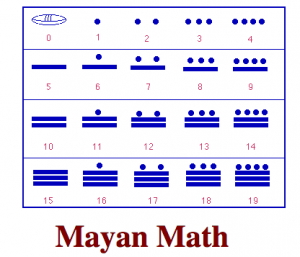

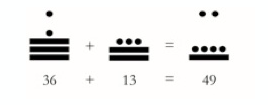

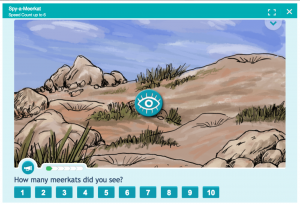

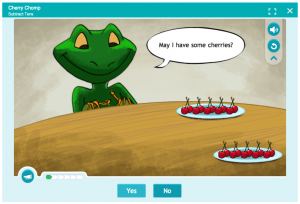
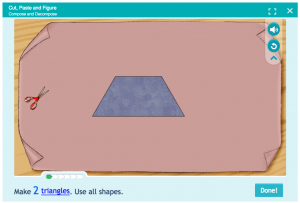
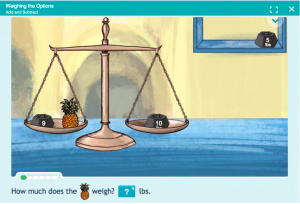
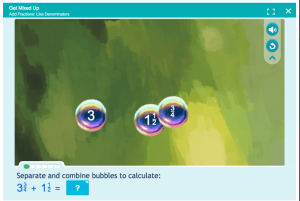







 What arcade games can you make out of cardboard?
What arcade games can you make out of cardboard? 
